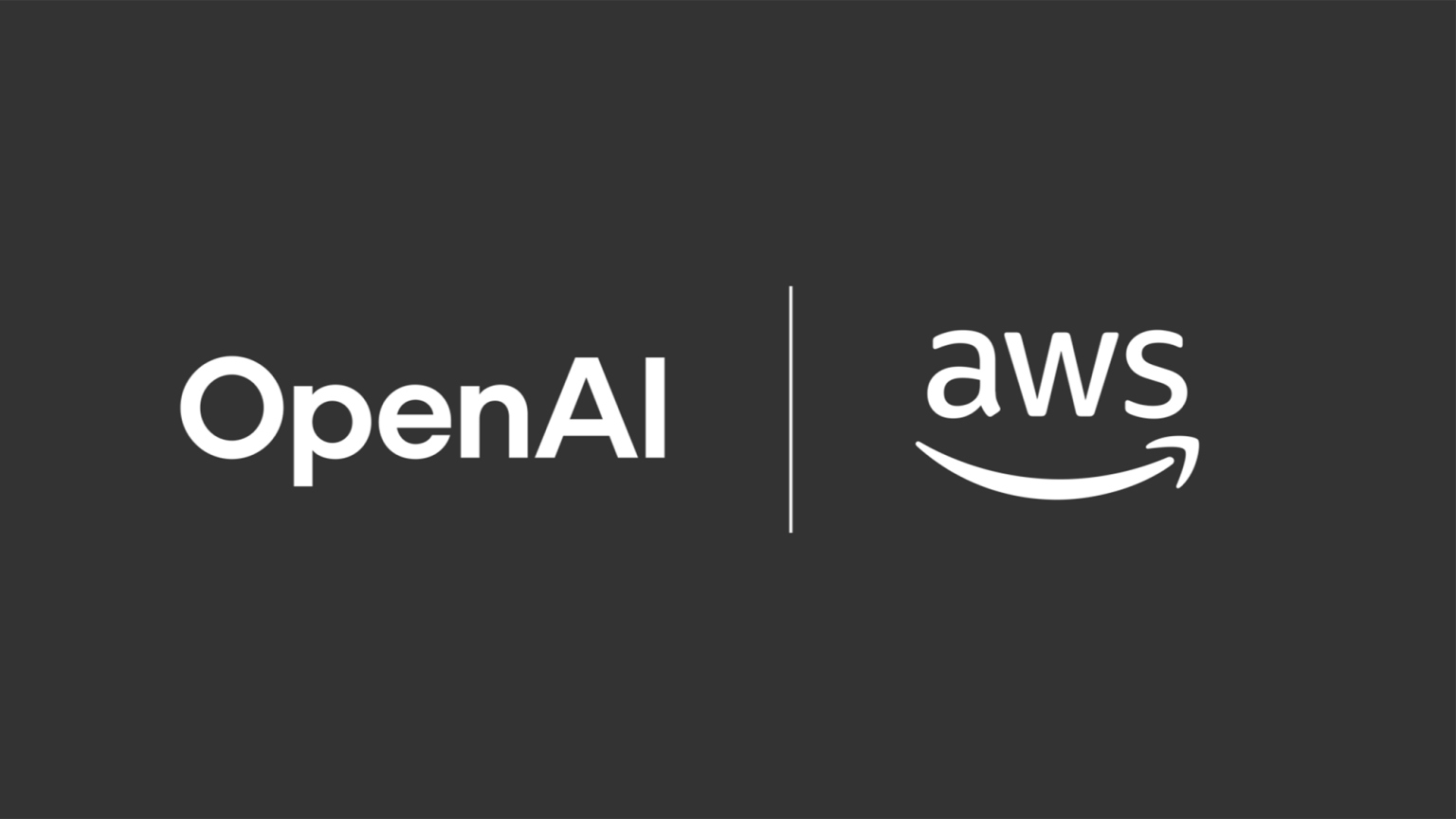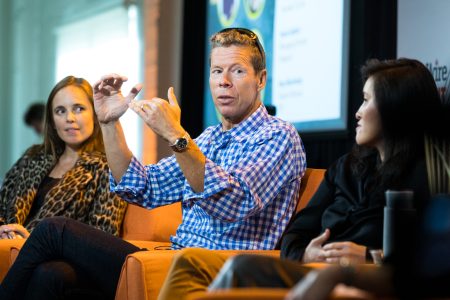OpenAI Embraces Multi-Cloud Strategy with $38 Billion Amazon Deal
In a significant shift in the AI landscape, OpenAI announced a seven-year, $38 billion agreement with Amazon Web Services, marking the company’s major expansion beyond Microsoft Azure for its computing infrastructure. This strategic move comes shortly after OpenAI renegotiated its Microsoft partnership to gain more flexibility in working with other cloud providers. The deal represents not just a massive financial commitment but also signals the evolving dynamics among tech giants in the AI arena. Under the new arrangement, OpenAI will leverage Amazon’s EC2 UltraServers, powered by hundreds of thousands of Nvidia GPUs, to run ChatGPT and train future AI models, addressing the enormous computational demands of advanced artificial intelligence development.
This partnership highlights the increasingly complex web of relationships forming in the AI industry, where competitors are simultaneously partners and rivals. Microsoft, despite revising its exclusive cloud arrangement with OpenAI, still maintains specific intellectual property rights to OpenAI’s models through 2032, including exclusive capabilities among major cloud platforms. Meanwhile, Amazon has been nurturing its own AI aspirations through an $8 billion investment in Anthropic, creator of the Claude chatbot and a direct competitor to OpenAI. Interestingly, Microsoft has also been expanding its relationship with Anthropic, integrating Claude models into Microsoft 365 Copilot, GitHub Copilot, and Azure AI Foundry – creating a complicated cross-pollination of partnerships that blurs traditional competitive boundaries.
The timing of this announcement is particularly noteworthy as it arrives while major tech companies face growing investor scrutiny over the sustainability of massive AI infrastructure investments. With OpenAI committing to purchase an additional $250 billion in Microsoft services while simultaneously signing this $38 billion deal with Amazon, questions naturally arise about the economic fundamentals supporting these astronomical figures. Amazon investors responded positively to the news, driving the company’s stock up nearly 5% in early trading following the announcement, suggesting market confidence in AWS’s strengthened position in the AI infrastructure race.
Sam Altman, OpenAI’s CEO, emphasized that “scaling frontier AI requires massive, reliable compute” and positioned the AWS partnership as strengthening “the broad compute ecosystem that will power this next era and bring advanced AI to everyone.” AWS CEO Matt Garman echoed this sentiment, describing Amazon’s cloud infrastructure as “a backbone” for OpenAI’s ambitious goals. According to Dave Brown, Amazon’s vice president of compute and machine learning services, the agreement represents “completely separate capacity” being built specifically for OpenAI, with some already available and in use by the AI company – demonstrating Amazon’s commitment to rapidly scaling its infrastructure to meet OpenAI’s requirements.
The foundation for this expanded relationship was laid earlier this year when Amazon added OpenAI’s first open-weight models in five years to its Bedrock and SageMaker services. These open-source licensed models weren’t covered by OpenAI’s exclusive API agreement with Microsoft, allowing Amazon to offer them on its platforms. This initial collaboration opened the door for deeper engagement, culminating in today’s comprehensive partnership announcement. The deal also represents Amazon’s aggressive pursuit of AI computing dominance, coming on the heels of opening Project Rainier, an $11 billion data center complex built for Anthropic’s workloads, running on hundreds of thousands of Amazon’s custom Trainium 2 chips.
As OpenAI continues to forge new relationships across the tech landscape – including recent deals with Oracle and Google – the company is committing hundreds of billions of dollars overall for AI computing capacity. This pattern of massive investments across multiple cloud providers raises important questions about the long-term economics and sustainability of the current AI boom. The intensifying competition for AI infrastructure suggests both tremendous confidence in artificial intelligence’s future value and a race to secure the necessary computing resources before competitors can do the same. As these complex partnership networks evolve, they’re reshaping not just the competitive dynamics of cloud computing but potentially the entire trajectory of AI development and deployment across industries.















